Melanoma is a malignant skin cancer that originates in pigment‑producing melanocytes. It accounts for roughly 1% of all cancer cases but causes the majority of skin‑cancer deaths worldwide, according to the World Health Organization. Understanding why some people develop melanoma while others don’t is the first step toward smarter prevention.
Why Knowing Your Risk Matters
Spotting melanoma early can mean the difference between a simple excision and aggressive treatment. Most people think "skin cancer" only worries those who burn easily, but the reality is a web of genetics, behavior, and environment. This article breaks down the most influential risk factors, shows you how to gauge your own level of danger, and offers actionable habits to keep the odds low.
Key Risk Factors at a Glance
- Excessive UV radiation exposure
- Light Fitzpatrick skin type (I‑III)
- Family or personal history of nevi (moles)
- Inherited BRAF mutation or other genetic changes
- Immunosuppression from medication or disease
- Frequent tanning‑bed use or severe sunburns
- Living at low latitudes (high sun intensity)
UV Radiation: The Chief Culprit
UV radiation, the invisible energy from the sun, splits DNA bonds in skin cells. Over time, unrepaired errors accumulate, turning a normal melanocyte into a rogue cancer cell. The International Agency for Research on Cancer classifies UV‑A and UV‑B as definite carcinogens.
Two exposure patterns matter most:
- Chronic exposure: Daily outdoor work, gardening, or sports without protection.
- Intermittent, intense exposure: Vacation sunbathing, beach trips, or getting a painful sunburn.
Both pathways boost melanoma odds, but the intermittent pattern often leads to the worst‑case lesions because the skin’s repair mechanisms are overwhelmed by sudden, high‑dose UV bursts.
Fitzpatrick Skin Type: How Your Pigment Influences Risk
The Fitzpatrick scale ranks skin from type I (always burns, never tans) to type VI (never burns). Types I‑III lack sufficient melanin, the natural UV shield, making DNA damage more likely. Studies from the American Academy of Dermatology show that people with type I have up to a 3‑fold higher melanoma incidence than those with type IV‑VI.
Genetic Factors: BRAF and Beyond
About 40‑50% of cutaneous melanomas harbor a BRAF mutation, most commonly V600E. This single‑letter change drives unchecked cell growth. While not everyone with a BRAF mutation gets melanoma, having it dramatically raises risk, especially when combined with high UV exposure.
Other hereditary syndromes, such as CDKN2A mutations, also stack the odds. If a close relative was diagnosed before age 50, your own risk can jump to 10‑15% over a lifetime.
Nevi (Moles): More Than a Cosmetic Issue
People with many nevi, especially atypical dysplastic moles, have a higher baseline chance of developing melanoma. A large epidemiological study in Europe found that having 50 or more common moles roughly doubles melanoma risk compared to having fewer than 10.
What to watch for:
- Asymmetry: One half looks different from the other.
- Border irregularities: Jagged or fading edges.
- Color variation: Multiple shades in a single mole.
- Diameter larger than 6mm (about a pencil eraser).
- Evolving shape or size over weeks or months.
These "ABCDE" clues are the core of self‑examination guidelines from the Skin Cancer Foundation.
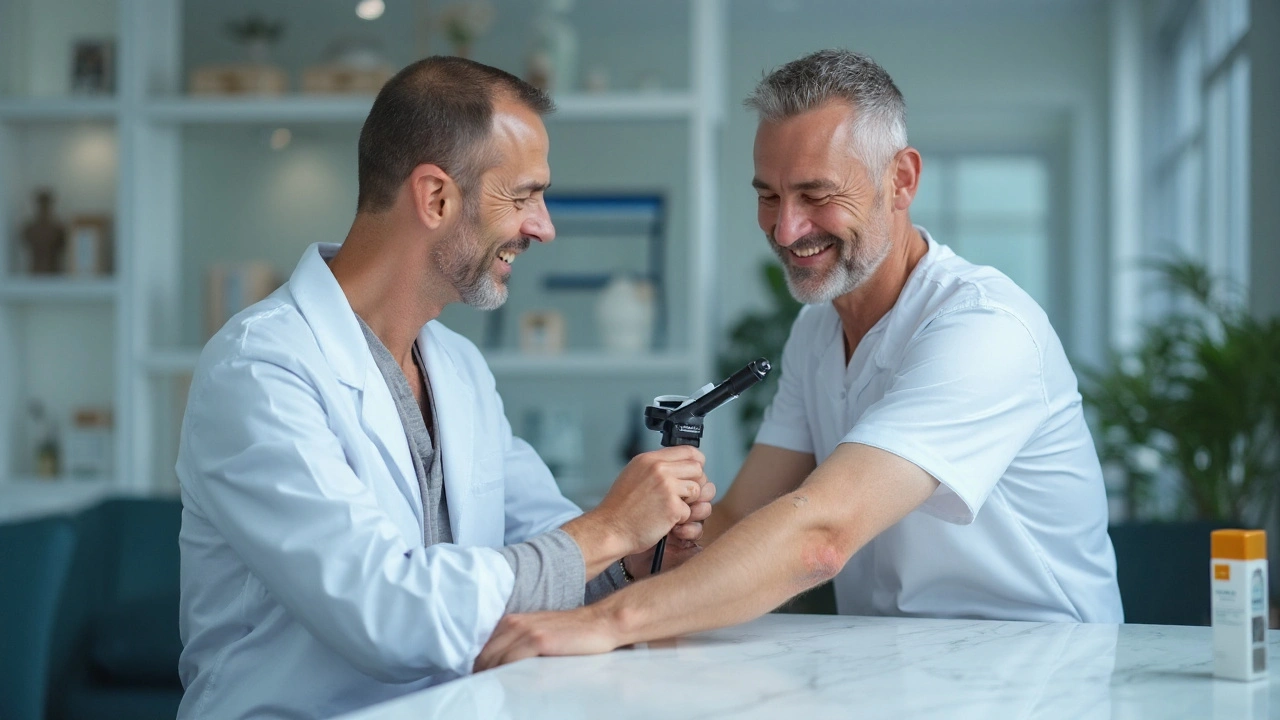
Family History & Personal Cancer History
Having a first‑degree relative with melanoma multiplies your odds by 2‑3×. The risk climbs even higher if multiple family members were affected or if melanoma appeared at a young age. Likewise, a past melanoma or other skin cancers can signal a genetic predisposition and a faulty DNA‑repair system.
Immunosuppression: When the Body's Defense Weakens
People on long‑term immunosuppressive drugs (e.g., organ‑transplant recipients) face a 5‑10× higher melanoma incidence. The immune system normally patrols for rogue cells; dampening it gives melanoma a free pass to grow. Certain autoimmune diseases, like rheumatoid arthritis, also elevate risk, partly because many treatments suppress immunity.
Lifestyle Choices: Tanning Beds, Sunburns, and Geography
Artificial UV sources-tanning beds-emit a concentrated dose of UV‑A, which penetrates deeper into the skin than UV‑B but still causes DNA damage. The International Agency for Research on Cancer estimates that a single indoor‑tanning session can increase melanoma risk by 20%.
Repeated severe sunburns before age 20 are a strong predictor of melanoma later in life. Meanwhile, living at lower latitudes (closer to the equator) means higher year‑round UV intensity; a meta‑analysis showed a 30% higher melanoma rate in southern U.S. states compared to northern ones.
Protective Measures That Make a Difference
Knowing the risks is half the battle; acting on them saves lives. Here are evidence‑backed steps you can start today:
- Apply broad‑spectrum sunscreen (SPF30 or higher) every 2hours when outdoors. Reapply after swimming or heavy sweating.
- Wear protective clothing: UPF shirts, wide‑brimmed hats, and UV‑blocking sunglasses.
- Seek shade during peak UV hours (10am‑4pm).
- Avoid tanning beds altogether.
- Perform regular skin checks: Use a mirror or ask a partner to examine hard‑to‑see areas weekly.
- Schedule annual dermatologist visits, especially if you have any high‑risk factors.
These habits, when combined, can lower melanoma risk by up to 50% according to a long‑term cohort study in Australia.
Risk Assessment Table
| Risk Level | Key Drivers | Estimated Lifetime Risk | Recommended Actions |
|---|---|---|---|
| High | Type I skin, >50 nevi, family history, BRAF mutation, frequent indoor tanning | 1 in 20 | Quarterly dermatologist exams, daily SPF50+, full‑body skin self‑exam |
| Moderate | Type II‑III skin, 20‑50 nevi, occasional sunburns, no known mutation | 1 in 50 | Biannual dermatologist visits, SPF30+ sunscreen, regular self‑checks |
| Low | Type IV‑VI skin, <20 nevi, minimal sunburn history, no family history | 1 in 200 | Annual dermatologist visit, sunscreen when outdoors, basic self‑exam |
Related Concepts to Explore Next
Now that you understand the risk landscape, you might want to dive deeper into these adjacent topics:
- Melanoma staging: How doctors classify the cancer’s spread and what it means for treatment options.
- Targeted therapy: Drugs that zero in on BRAF or MEK mutations.
- Immunotherapy: Checkpoint inhibitors that unleash the immune system against melanoma.
- Dermoscopic examination: A non‑invasive tool dermatologists use to spot early melanoma.
- Sun protection guidelines from the American Cancer Society.
Each of these deep‑dives builds on the foundation you’ve just gained, helping you stay ahead of the disease.

Frequently Asked Questions
What is the earliest sign of melanoma?
The first clue is often a new or changing mole that breaks the ABCDE rule-especially asymmetry, irregular border, multiple colors, diameter over 6mm, or evolution over weeks.
Can sunscreen completely prevent melanoma?
Sunscreen dramatically cuts UV‑induced DNA damage, but it isn’t a guarantee. Combining sunscreen with clothing, shade, and avoiding peak sun hours offers the best protection.
How often should I see a dermatologist for melanoma screening?
If you have high‑risk factors (family history, many nevi, light skin), aim for every 3‑4months. Moderate‑risk individuals should schedule twice a year, and low‑risk people can stick with an annual visit.
Do tanning beds increase melanoma risk the same as natural sunlight?
Yes, and in some cases worse. Tanning beds emit concentrated UV‑A that penetrates deeper into the skin, and a single session can raise risk by roughly 20%.
Is a family history of skin cancer enough to warrant genetic testing?
If multiple close relatives were diagnosed before age 50, or if you have many atypical moles, a referral to a genetics counselor for BRAF or CDKN2A testing is advisable.
Can an older adult develop melanoma without any known risk factors?
Absolutely. Melanoma can arise spontaneously, especially in older adults whose skin has accumulated decades of UV damage. Regular skin checks remain crucial for everyone.
What role does diet play in melanoma risk?
While no diet can replace UV protection, antioxidants from fruits, vegetables, and omega‑3 fatty acids may help repair DNA damage and bolster the immune system, according to recent nutritional studies.
How accurate are at‑home mole‑checking apps?
They can be a useful first alert, but false positives and false negatives are common. Always confirm app findings with a board‑certified dermatologist.



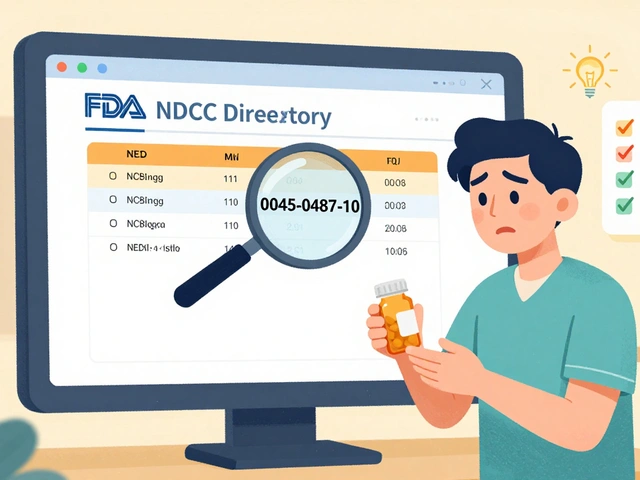
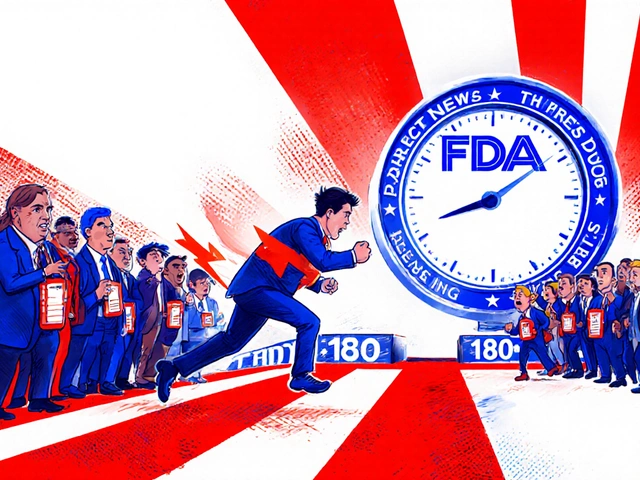
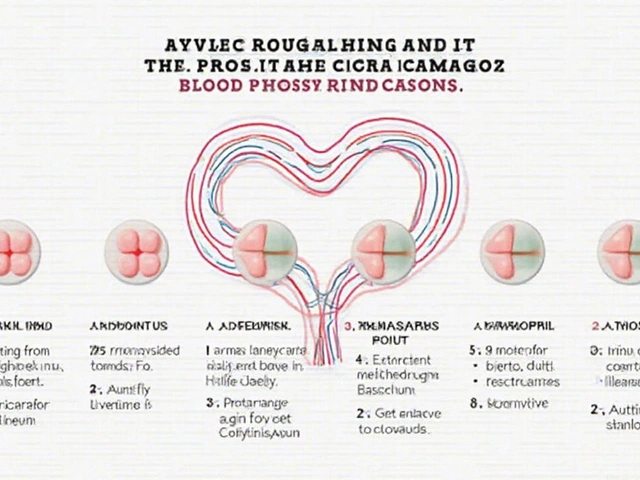
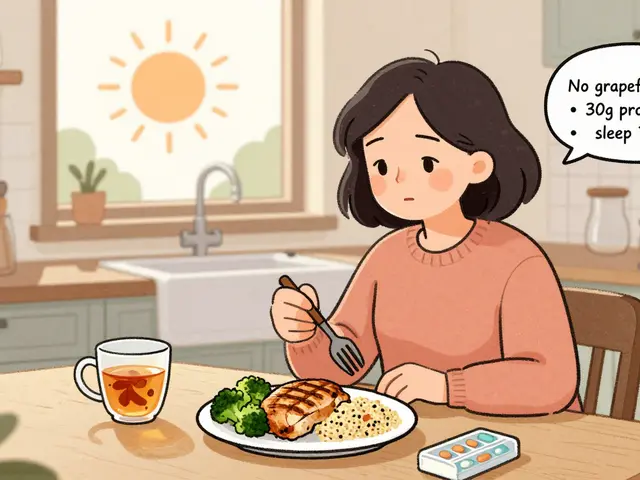
Jessica Romero
September 25, 2025 AT 21:36 PMWow, the cascade of photobiological mechanisms outlined in the article really underscores how UV‑A and UV‑B photons interact with the melanocytic DNA repair pathways, and that interaction is nothing short of a molecular arms race between mutagenic insult and cellular defense. The description of chronic versus intermittent exposure elegantly maps onto the concept of cumulative dose versus acute dose‑rate, which is a staple in radiobiology literature. When you consider Fitzpatrick skin typing, the melanin photoprotective index becomes a quantitative variable that can be factored into actuarial risk models, especially for type I and II individuals who lack eumelanin’s broadband absorption capacity. Moreover, the inclusion of BRAF V600E mutation data invites a discussion on targeted therapy pipelines, where vemurafenib and dabrafenib have reshaped the therapeutic landscape for metastatic cases. The article also mentions CDKN2A, a tumor suppressor gene whose germline loss-of-function variants amplify the oncogenic potential of UV‑induced cyclobutane pyrimidine dimers. It's fascinating how the synergistic effect of genetic predisposition and environmental exposure can be mathematically modeled using multivariate logistic regression, yielding odds ratios that often surpass 3.0 for high‑risk cohorts. The emphasis on nevi count aligns with the concept of nevus density as a phenotypic biomarker, and recent epidemiological studies have shown a dose‑response relationship between nevus count and melanoma incidence. In terms of immunosuppression, the article correctly points out that calcineurin inhibitors and mTOR inhibitors dampen immunosurveillance, thereby lowering the threshold for malignant transformation. The recommendation to seek shade during peak solar hours (10 am‑4 pm) can be correlated with the solar zenith angle, which peaks at around noon and maximizes UV‑B irradiance. The practical tip on broad‑spectrum SPF30+ sunscreen is supported by the concept of the Sun Protection Factor being a logarithmic function of UV attenuation, meaning that failing to reapply can dramatically reduce protective efficacy. Additionally, the suggestion to wear UPF clothing integrates textile engineering advances where fiber weave density is quantified in UPF units. Finally, the call for annual dermatological examinations dovetails with evidence from longitudinal cohort studies indicating that early excision of thin melanomas yields a five‑year survival rate exceeding 95%. All in all, the article weaves together molecular genetics, photochemistry, and public health guidance into a cohesive narrative that empowers at‑risk individuals to mitigate their melanoma probability through evidence‑based lifestyle modifications.
Mangal DUTT Sharma
September 25, 2025 AT 21:53 PMThanks for breaking this down 😃 I totally see how the intermittent intense burns can catch the skin off‑guard and overload the repair systems. It really hits home when you think about those summer vacations where you forget the sunscreen until the third day 🌞. The genetic angle with BRAF and CDKN2A is also eye‑opening – it makes you realize that family history isn’t just a footnote but a major risk driver. I’ve been trying to incorporate daily SPF into my routine, but those mornings are a rush so I often skip it – this reminds me to keep a bottle by the front door. Also, the tip about UPF clothing is something I’ll explore; I didn’t know the fabric could matter that much. Keep the great info coming! 🙌
Gracee Taylor
September 25, 2025 AT 22:10 PMI appreciate how the piece balances the science with practical steps. Knowing that a high nevus count is a red flag helps me prioritize skin checks. The reminder to reapply sunscreen after swimming is something many of us overlook. It’s also reassuring that regular dermatologist visits can cut the risk dramatically. Overall, a solid mix of data and actionable advice.
Leslie Woods
September 25, 2025 AT 22:18 PMi love the practical tips on sunscreen reapplication especially for people who workout a lot and forget to put it back on after a shower it really helps keep skin safe
Manish Singh
September 25, 2025 AT 22:26 PMthis is realy helpful i think many people dont even realy know how many nevi they have and if they have a lot they should probably get checked more often also dont forget to wear a hat its not just about sunscreen it's about covering up as well
Dipak Pawar
September 25, 2025 AT 22:43 PMFrom a cultural standpoint, many South Asian communities still view tanned skin as a sign of health, which unfortunately encourages indoor tanning and excessive sun exposure. In regions where traditional garments provide substantial coverage, the UV exposure risk can be naturally mitigated, yet the rising popularity of Western fashion trends has introduced more skin‑showing attire, thereby increasing the ultraviolet load on vulnerable epidermal layers. Moreover, dietary patterns rich in antioxidants-such as curcumin‑laden curries-might confer a modest photoprotective effect, but they cannot substitute for physical barriers like UPF fabrics or broad‑spectrum sunscreen. It is essential to disseminate culturally resonant education that aligns preventive behaviors with prevailing aesthetic values, ensuring that the message of melanoma risk reduction is both scientifically accurate and socially acceptable.
Jonathan Alvarenga
September 25, 2025 AT 23:16 PMHonestly, the article feels like a laundry list of obvious warnings without any real depth. Sure, “apply sunscreen,” “stay out of the sun,” and “see a dermatologist” are standard advisories, but where’s the nuanced discussion about the variability in UV index across different latitudes or the socioeconomic barriers that prevent regular skin exams? It reads like a generic health brochure rather than a thorough analysis of melanoma epidemiology. The lack of concrete data references makes the piece feel half‑baked, and the stream of bullet points offers no real insight beyond what the average person already knows from any basic skin‑care pamphlet.
Jim McDermott
September 25, 2025 AT 23:26 PMGood point about the socioeconomic angle – not everyone can afford quarterly dermatologist visits, especially in rural areas. Maybe community skin‑screening events could bridge that gap.
Naomi Ho
September 25, 2025 AT 23:50 PMFor anyone looking for a quick self‑exam method, I recommend using the “three‑step rule”: first, rinse your face with lukewarm water; second, gently pat dry with a clean towel; third, examine the mirror for any new or changing pigmented lesions using a magnifying glass. This routine, performed weekly, can catch early changes before they become problematic.
Christine Watson
September 26, 2025 AT 00:06 AMIt’s great to see such thorough guidance – staying proactive really does empower us to take control of our health. Keep up the positive, actionable advice!
Sunil Kamle
September 26, 2025 AT 00:16 AMWhile your optimism is appreciated, one might suggest that a methodical, evidence‑based protocol is preferable to a sprinkling of encouraging slogans. Nonetheless, the structured recommendations you provided align well with established dermatological standards, and for that reason, your contribution remains valuable despite its occasional rhetorical flourish.
Michael Weber
September 26, 2025 AT 00:40 AMIn the grand tapestry of human existence, the skin serves both as a barrier and a canvas, yet we frequently neglect its silent pleas for protection. To deny the ultraviolet onslaught is to acknowledge our fleeting mortality, a truth that lies buried beneath our quotidian pursuits of leisure.
Blake Marshall
September 26, 2025 AT 00:56 AMUssually sunscreen works good.